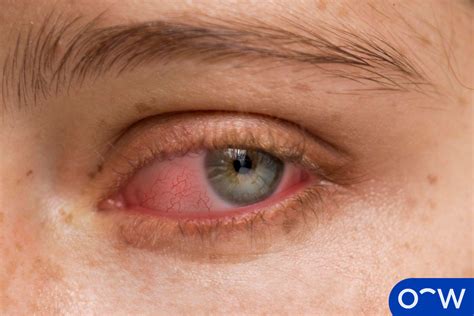The presence of shingles inside the eye, also known as herpes zoster ophthalmicus, is a serious condition that requires immediate medical attention. Herpes zoster, the virus responsible for shingles, can reactivate in the nerves around the eye, leading to a range of symptoms and potentially severe complications.
Understanding Herpes Zoster Ophthalmicus
Herpes zoster ophthalmicus occurs when the varicella-zoster virus, which causes chickenpox, reactivates in the trigeminal nerve ganglion. This nerve ganglion is responsible for supplying sensation to the face, including the eye. When the virus reactivates, it can cause inflammation and damage to the nerves, leading to a range of symptoms.
Symptoms of Shingles Inside the Eye
The symptoms of herpes zoster ophthalmicus can vary in severity and may include:
- Severe pain or burning sensation in or around the eye
- Blurred vision or sensitivity to light
- Redness and swelling of the eye or eyelid
- Discharge or tearing from the affected eye
- Vision loss or blindness (in severe cases)
- Headache or fever
- Rash or blisters on the forehead, nose, or eyelid
Complications of Shingles Inside the Eye
If left untreated, herpes zoster ophthalmicus can lead to serious complications, including:
- Keratitis: Inflammation of the cornea, which can cause vision loss or blindness.
- Uveitis: Inflammation of the uvea, which can cause vision loss or blindness.
- Glaucoma: Increased pressure in the eye, which can cause vision loss or blindness.
- Retinal damage: Damage to the retina, which can cause vision loss or blindness.
- Optic neuritis: Inflammation of the optic nerve, which can cause vision loss or blindness.
Treatment and Management
Treatment for herpes zoster ophthalmicus typically involves a combination of antiviral medications, pain relief medications, and corticosteroids to reduce inflammation. In some cases, additional treatments may be necessary to manage complications or prevent long-term damage.
- Antiviral medications: Acyclovir, valacyclovir, or famciclovir may be prescribed to reduce the severity and duration of symptoms.
- Pain relief medications: Over-the-counter or prescription pain medications may be prescribed to manage pain and discomfort.
- Corticosteroids: Topical or oral corticosteroids may be prescribed to reduce inflammation and prevent long-term damage.
- Lubricating eye drops: Artificial tears or lubricating eye drops may be prescribed to reduce discomfort and promote healing.
Prevention and Risk Factors
While there is no guaranteed way to prevent herpes zoster ophthalmicus, there are several risk factors that increase the likelihood of developing the condition:
- Age: Herpes zoster ophthalmicus is more common in people over the age of 50.
- Weakened immune system: People with weakened immune systems, such as those with cancer or HIV/AIDS, are more susceptible to herpes zoster ophthalmicus.
- Previous chickenpox infection: People who have had chickenpox are at risk of developing shingles, including herpes zoster ophthalmicus.
- Family history: People with a family history of shingles or herpes zoster ophthalmicus may be more likely to develop the condition.
What are the symptoms of shingles inside the eye?
+The symptoms of shingles inside the eye, also known as herpes zoster ophthalmicus, can include severe pain or burning sensation in or around the eye, blurred vision or sensitivity to light, redness and swelling of the eye or eyelid, discharge or tearing from the affected eye, vision loss or blindness, headache or fever, and rash or blisters on the forehead, nose, or eyelid.
How is herpes zoster ophthalmicus treated?
+Treatment for herpes zoster ophthalmicus typically involves a combination of antiviral medications, pain relief medications, and corticosteroids to reduce inflammation. In some cases, additional treatments may be necessary to manage complications or prevent long-term damage.
Can shingles inside the eye be prevented?
+While there is no guaranteed way to prevent herpes zoster ophthalmicus, people can take steps to reduce their risk by maintaining a healthy immune system, avoiding contact with people who have active shingles or chickenpox, and getting vaccinated against shingles if recommended by their healthcare provider.
In conclusion, shingles inside the eye, or herpes zoster ophthalmicus, is a serious condition that requires immediate medical attention. Prompt treatment and proper management can help reduce the risk of complications and promote healing. By understanding the symptoms, treatment options, and risk factors associated with herpes zoster ophthalmicus, people can take steps to protect their eye health and prevent long-term damage.


